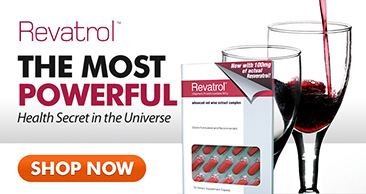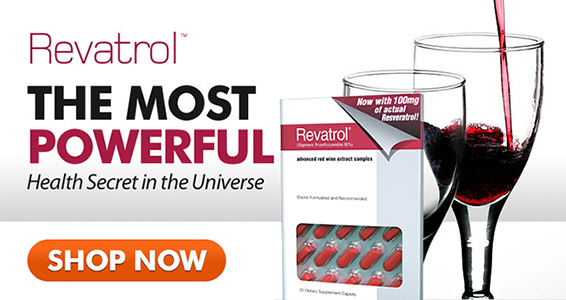[Printable Version of This Page]
How to Prevent the Widowmaker – the Worst Cardiac Attack
![[Image 1]](/rhp/images/library/102/widowmaker.webp)
The Widowmaker is a heart attack that is frequently fatal since it affects the left anterior descending artery (LAD). The LAD provides blood and oxygen to the entire frontal region of the heart, irrigating a more extensive area than other coronary arteries. The obstruction of the left anterior descending artery interrupts 40 percent of the blood that nourishes the heart, which leads to an increased risk of complications. The most common complications are irregular heartbeat, heart failure, and less frequently, sudden death.
A feature that makes the Widowmaker more fearsome is that it attacks silently. Most men who suffered sudden death due to coronary heart disease had no previous symptoms. Men 30 to 50 years old have a greater risk of death from coronary heart disease than women; this is because estrogen exerts protection against cardiovascular diseases.
Thanks to advances in medicine, an obstructed artery can be rapidly permeabilized with timely treatment. These procedures take place in a catheterization laboratory where the interventional cardiologist performs an angioplasty by threading a thin tube (catheter) in the blocked coronary artery expanding the diameter of the vessel and restoring blood flow.
How to prevent a heart attack from a widowmaker
Understand what happens in your body
A heart attack is caused by a blockage in an artery due to atherosclerosis (a process in which the fat called plaque adheres to the inside of blood vessels). However, to be at imminent risk of a sudden heart attack, there must be a blockage greater than 60% of the blood flow. A 90% blockage can cause a life-threatening heart attack. Plaque is often formed as a soft, unstable reservoir instead of a hard, stable reservoir. As it is soft, a fragment of the plaque often breaks off, and the fatty material flows into the bloodstream until it clogs a smaller artery.
Risk factors such as smoking, eating fatty foods, obesity, and having high cholesterol make the rupture of the atheromatous plaque more likely.
Calculate your risk of heart attack
Through the ASCVD Risk Estimator Plus of the American College of Cardiology, you can obtain an approximate risk of developing atherosclerosis in the next ten years. You simply need to enter your age, your cholesterol values (HDL and LDL), blood pressure, and answer questions regarding your lifestyle. If you get a score higher than 7.5 percent, you should consult your doctor for a full evaluation and establish therapeutic behavior.
Adopt a healthy diet
Various studies in different populations have linked the consumption of high-quality, healthy foods with a lower risk of heart disease compared to the consumption of unhealthy foods of low quality, independent of other risks such as sedentary lifestyle, obesity, and smoking. To maintain a healthy diet, you must prioritize the consumption of vegetable proteins and reduce the consumption of red and processed meats. Foods such as vegetables, fruits, whole grains, nuts, legumes, fish, and yogurt also have a beneficial effect on your health.
Exercise
The adult population should avoid a sedentary lifestyle. Performing any type of physical activity will provide great health benefits. To obtain recognizable benefits, you should get at least 2.5 hours of moderate physical activity a week or 75 minutes of intense physical activity. To obtain an additional benefit, physical activity should include 5 hours of moderate-intensity aerobic exercise or 2.5 hours of high-intensity aerobic exercise. Exercising has very positive effects on emotional health. When exercising, the body releases endorphins; metabolites that make the person feel more calm and happy. Also, physical exercise helps some people sleep better. It can also be of great help in some psychological problems such as mild depression.
Take the medications recommended by your cardiologist
One of the most commonly prescribed drugs is the statin. This drug is to reduce cholesterol levels even if you have not been diagnosed with heart disease. Statins have been shown to reduce the risk of heart attack by 25 to 33 percent by limiting unstable plaque deposits and reducing inflammation.



![[Guarantee]](https://scripts.renownhealthproducts.com/rhp/images/money-back-guarantee.webp)
![[Renown Health Products: Proudly Providing Superior Grade Supplements Since 2002]](https://scripts.renownhealthproducts.com/rhp/images/rhpmain/design2/seal-285-240.webp)




